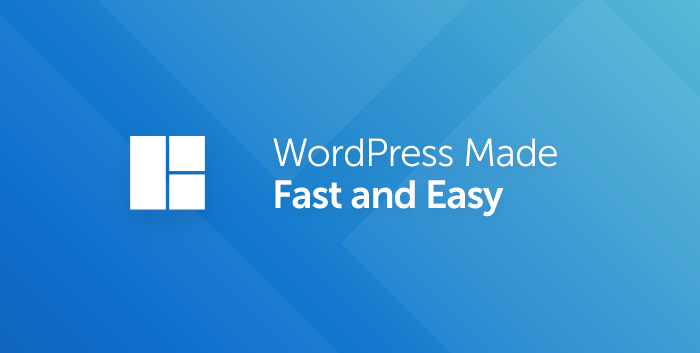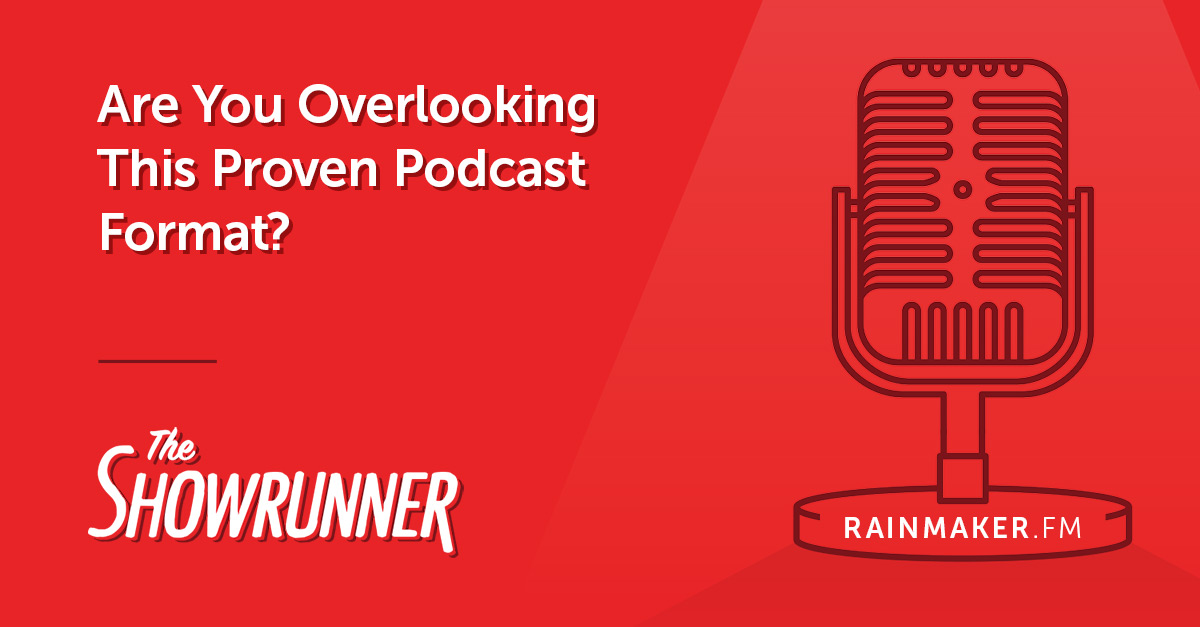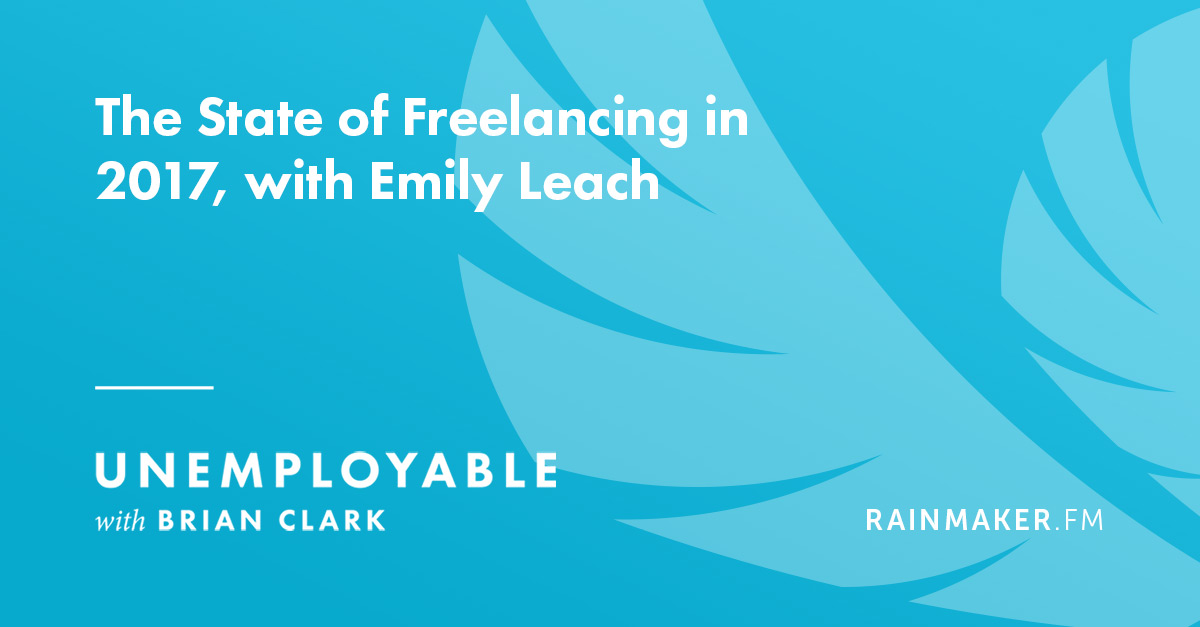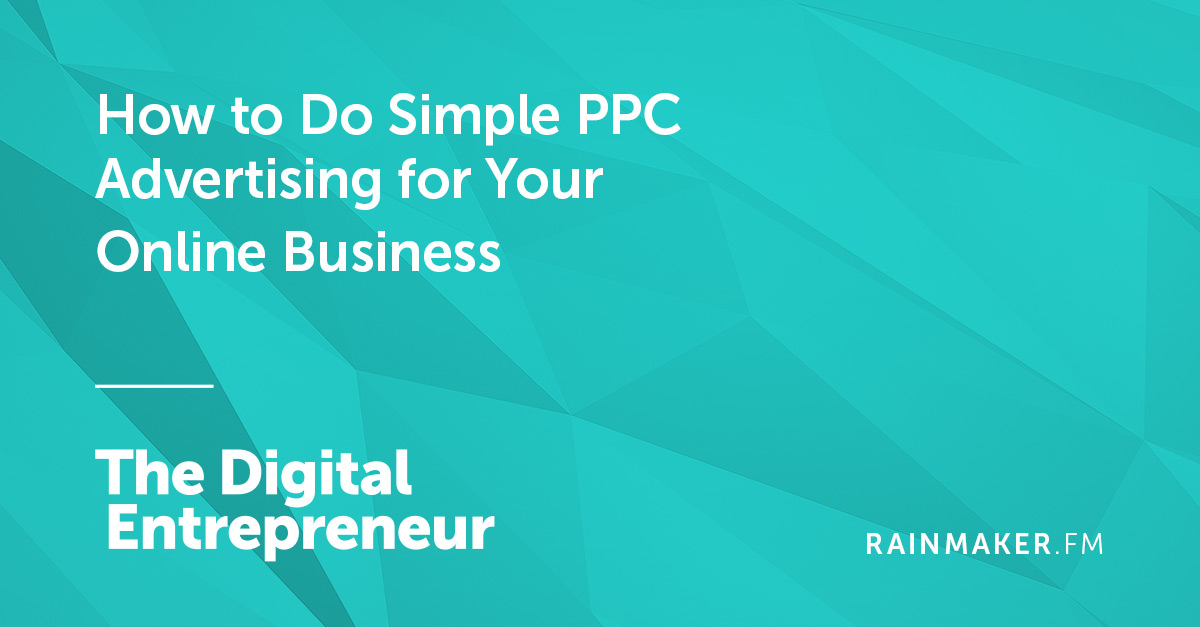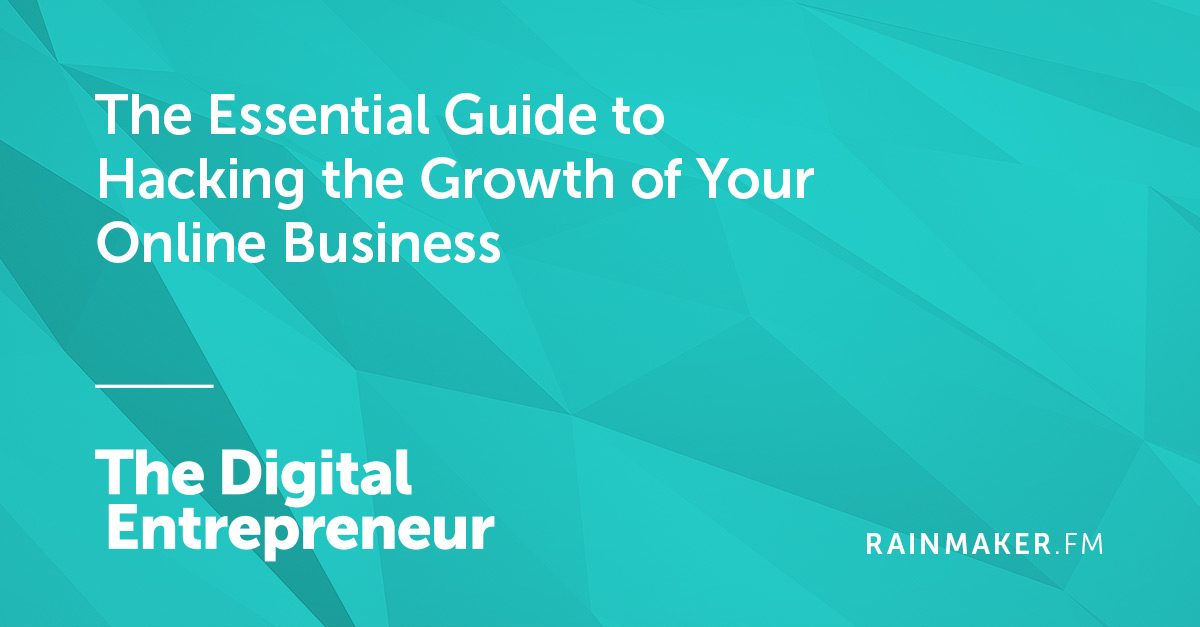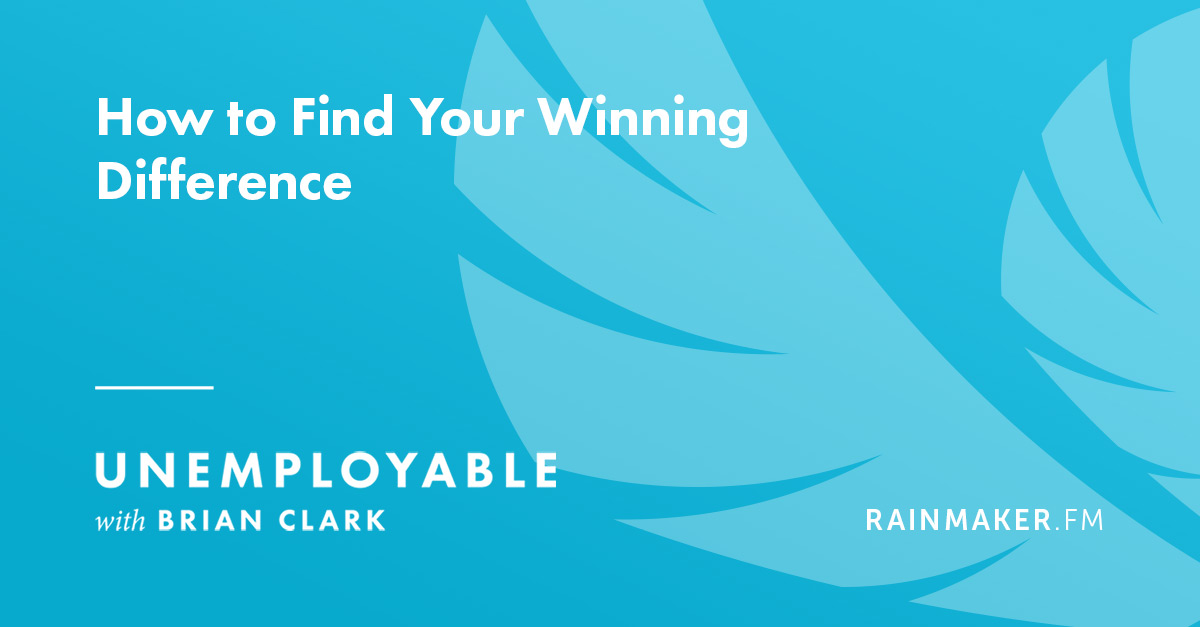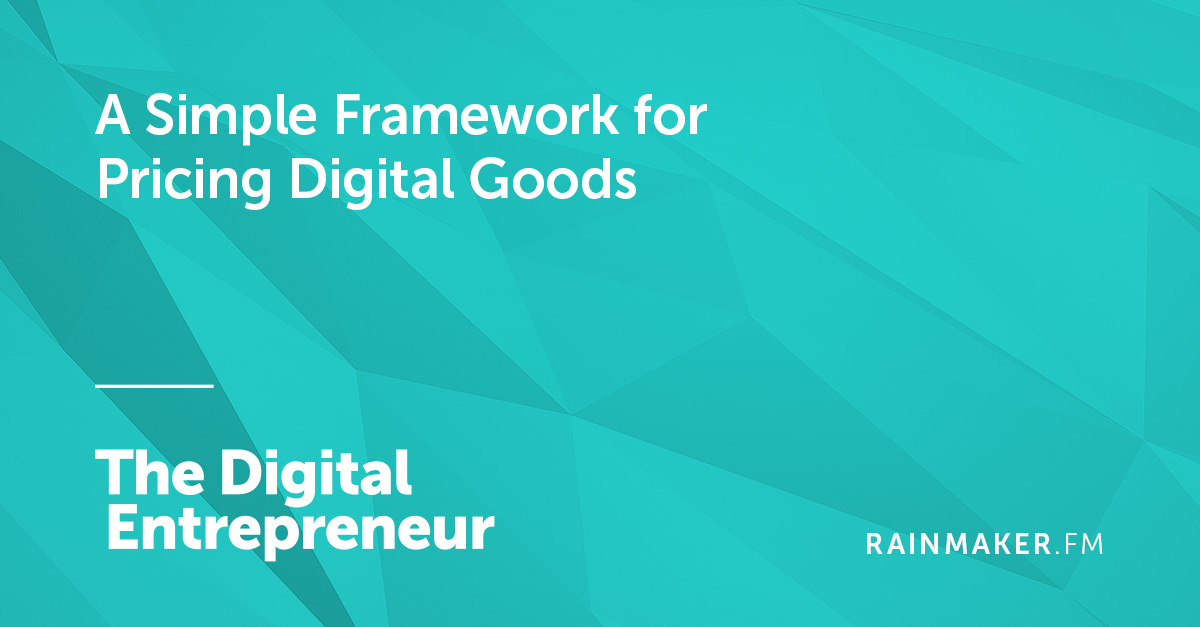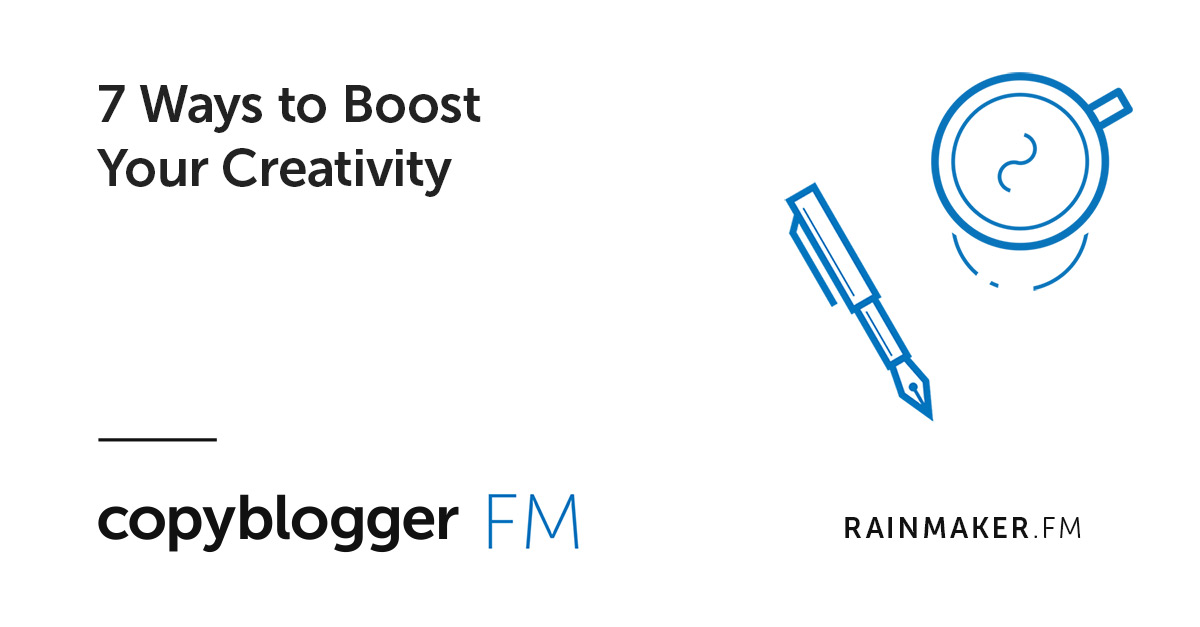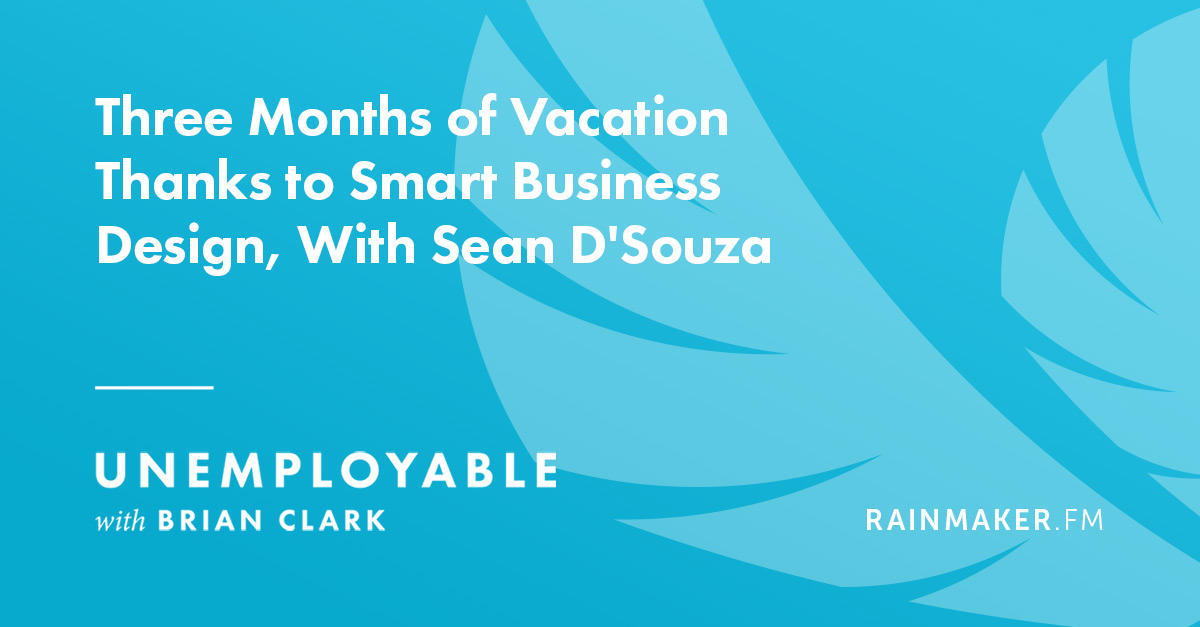
When we talk about content marketing strategy, all the discussions of heroes, journeys, and maps can seem a bit esoteric.
What does it look like in real life? And how exactly does it relate to email marketing?
Content marketing is a broader discipline than email marketing, but your email list is the core focus. In fact, the primary purpose of content that is distributed in other ways (social, search, ads) is to begin the email relationship.
So, let me walk you through an imaginary campaign that takes you from a documented strategy to a working funnel. I’ll use my site Unemployable as the stage for this particular campaign.
Please note that the documented portions of the strategy below are much more abbreviated than you would do for yourself. It’s just an illustration that will help you better understand how a documented strategy translates into real-world digital marketing.
Let’s take a look.
Objective:
Why are we pursuing this?
The business objective is to sell StudioPress Sites to people who want to start a new website.
Who:
In the “who” phase, we identify a single persona that we’ll keep in mind as we craft content.
This particular campaign will focus on freelancers looking to slowly move away from serving clients by shifting to a product-based business model. Our persona is a freelance writer named Penny.
Penny was thrilled to break away from the corporate marcom world and start her own business. She still loves the independence and flexibility, but some days the demands of her clients get to her. Instead of one boss, she answers to several demanding clients, each with different management styles and project requirements.
While she dreams of creating her first digital product, Penny dreads the thought of investing her time into something that doesn’t sell. She wants to develop a business based on her passion for cooking, not by teaching people to write. While she still wants to pursue the dream, her doubts about how to get started have kept her from taking even the first step.
Penny is a pragmatic and ethical person who is allergic to hype and incredible claims of internet riches. She is driven by a sense of fairness, and she holds disdain for those who take shortcuts at the expense of others.
Her worldview is that hard work is rewarding, and she often tells herself she should just be happy with the clients she has. Still, she’s willing to work a side hustle to pursue her dream, if only she could find the right path.
What:
In the “what” phase, we identify the sequence of information that the prospect needs to achieve her goal.
Now it’s time to identify the type of information that Penny will need to take action, and the order that will guide her step by step to transformation.
And since we’re trying to convince Penny to purchase a StudioPress Site, we’ll also need to communicate why it makes sense to do business with us over someone else.
Here are some broad considerations that we will turn into specific pieces of content and copy:
- Penny will need on-point content that addresses her desire to turn a passion into a business.
- The credibility of the source will be key to overcoming Penny’s skepticism.
- Given her freelance practice, Penny needs to know that she has the time to make this happen.
- She’ll need a way to validate her ideas and gain confidence.
- Penny wants to see specific examples of how people like her have succeeded.
- As a non-technical creative, Penny must be assured that she won’t be overwhelmed by technology.
- Finally, Penny must receive an offer that motivates her to take action now.
Now we can take these primary information points and map them out as a sequential journey. Or you can simply create a story outline that corresponds with each piece of content in the sequence.
How:
In the “how” phase, we take what we know about our prospect in order to best present the information.
Penny is a creative business person striving to become more entrepreneurial. Her no-nonsense attitude suggests a “just the facts” approach, but her need for case studies and real-life examples opens her up to persuasive storytelling.
Given her potential for skepticism, we’ll walk the line between “yes, this takes work” with constant reassurance that it’s totally doable. Characterizing the entire process as an act of creation will appeal to Penny’s sense of pride as a professional writer.
The tone can be somewhat snarky when it comes to “get rich quick” formulas, especially at the beginning. The goal is strongly differentiate the advice from the stuff business-opportunity people are looking for, and instead present this as a valid way to build a business that serves others just as it also provides value to the owner.
Here’s Penny’s experience
At this point, we want to summarize how Penny experiences the journey your content is taking her on. We’ve worked to empathetically understand her, and now we want to see the path from her perspective to better refine how we guide her through it.
While taking a short break from a client project, Penny sees an article on Facebook that catches her eye. It’s called Why Now is the Wrong Time to Create a Digital Product. She sees that the post is sponsored, which means that it’s a paid distribution, but the topic is worth the click because it’s so on point to her predicament.
The article confirms her own doubts about creating an ebook or course, which means the content has entered the conversation already playing in her head. She’s nodding in agreement that starting with an idea for a product and simply creating it leads to failure more often than not.
Instead, the article argues that you need to first develop an audience around the topic you’re interested in. The piece goes on to argue that you should do market research by promoting other people’s relevant products first to discover what this particular audience wants to buy.
Penny is stoked, because she feels like the author is speaking directly to her. The end of the article contains an offer for a free course called Building Your Digital Business the Smarter Way.
The landing page is beautifully designed. The copy is abundant, but not obnoxious. She recognizes the author as the founder of Copyblogger, a site she read religiously when she was starting her freelance writing business.
The course is tied to subscribing to the weekly Unemployable newsletter. She smiles at the brand, and figures at minimum she’ll get some solid tips for running and growing her main business.
Penny registers for the course, providing her email address. She’s not naive — she knows there’s something for sale at some point, but this seems like the information she’s been waiting for.
She accesses the first lesson of the course immediately, which talks about validating product ideas by selling other people’s stuff — also known as affiliate marketing. Then there’s an unexpected shift, as the focus of the lesson moves to stories of people who make tens of thousands, and even hundreds of thousands, of dollars a month through affiliate marketing alone.
Just when Penny’s BS detector is about to blare, she encounters the story of The Wirecutter, a gadget review site powered by commissions from Amazon’s Associates program. The business was acquired by the New York Times for $30 million in 2016.
That piece of legitimacy has Penny hooked. If she can build an audience interested in cooking, there are all sorts of products that she can promote through Amazon and other affiliate programs. Maybe she doesn’t have to create a product at all.
But how to build the audience?
That comes in the next lesson, which arrives the next day by email. It talks about two vitally important channels for affiliate marketing — email and search.
The lesson advises to write one high-impact article every week, based on developing a documented content marketing strategy (this is getting meta now). But beyond that, the topic turns to content curation as a way to get people on her email list when she’s just starting out and building her authority.
This resonates with Penny. She knows there is so much good stuff out there in the world of recipes and cooking techniques. But she also knows there’s a bunch of junk and sorting through that for people has value. She can use social ads and guest posting to drive traffic to her newsletter, which now has a compelling value proposition.
The next day, her inbox reveals a tutorial on modern SEO — a topic that gives her the willies. She discovers it’s not that scary once you understand how technology can help amplify your great content, which is the most important part.
This lesson is the first time StudioPress Sites is mentioned, just briefly at the end. Penny is intrigued, but not ready to buy.
Next comes the final lesson, which is a piece about WordPress performance and security. Penny understands that you’ve got to have confidence in your theme, plugins, and hosting in order to provide a great experience for your visitors. StudioPress Sites is mentioned again, a little more prominently since it’s the solution to all those concerns.
On the next day, it’s the time for an offer. Penny gets the opportunity to get rolling with her new cooking site without paying a dime for the first month. She jumps on the deal, knowing she can cancel before paying if it turns out that she isn’t impressed with StudioPress.
But the journey’s not over
Now, our customer onboarding at StudioPress becomes part of the journey. If Penny doesn’t set up her site within those first 30 days, there’s a chance she’ll give up and cancel.
Fortunately, Penny does get her new site rolling, using one of the included themes and obtaining a custom logo from a designer she works with. She’s assembled an RSS list on Feedly of all her favorite sources for cooking content and is working up an overall strategy for her original content.
Just then, she’s delighted to receive an invitation to a webinar that will help her document her content marketing strategy and build her email list. It’s actually the next piece of content in the sequence she opted-in to — except it’s a version for people who purchased, designed to increase retention.
An alternate webinar that contains a different offer is provided to those who haven’t yet bought. This is a very simple example of how marketing automation can empower you to personalize the experience your prospects and customers encounter.
Meanwhile, Penny enjoys the weekly Unemployable newsletter, which provides advice related to both her freelance business and the direction she’s headed. She even begins promoting StudioPress Sites as an affiliate in the “do-it-yourself” section of her writing site. And finally, Penny eventually upgrades her StudioPress Site to the Commerce Plan as she begins creating her first natural cooking course.
The adaptive experience
Now, this person and her story are a fiction, right? But the better you know your prospect, the more accurate the experience will be. Once you put the content out there, you can test, tweak, and rearrange until you’re hitting all the touchpoints just right.
Once you’ve gone through the process of identifying with Penny at a very personal, human level, technology can then do amazing things. Your basic linear sequence of what she needs to hear from you can take into account all sorts of variables.
- What if she doesn’t do the third lesson? How do you get her back on track?
- What if she clicks on a certain link within a lesson? How does that change how you perceive her state of mind?
- What if she powers through every lesson, but ignores every offer? What does that tell you about her viability as a prospect?
This is the point where marketing automation becomes magical. Not before you understand how to engage with your prospect on an empathetic level, but definitely once you do. You’re not only creating better content, you’ll have a better understanding as to what behaviors have significance during the sequence.
The clarity comes from “who”
I actually know Penny pretty well, since she’s one of the handful of “characters” I think of when I curate Unemployable and choose topics and guests for the podcast. We also have several different avatars for various use cases for StudioPress Sites.
Having a concrete persona to “talk” to makes things so much clearer. Instead of some vague notion of a funnel, you can actually see yourself as the mentor, guiding your prospect along on the journey, step by step.
And when it comes to email marketing, you’re no longer just “list building” in the abstract.
They say the money is in the list, but that’s not necessarily true — it’s got to be the right list that takes the right people on the right journey.
Have you mapped out your content marketing strategy yet? Let me know about the experience in the comments.
